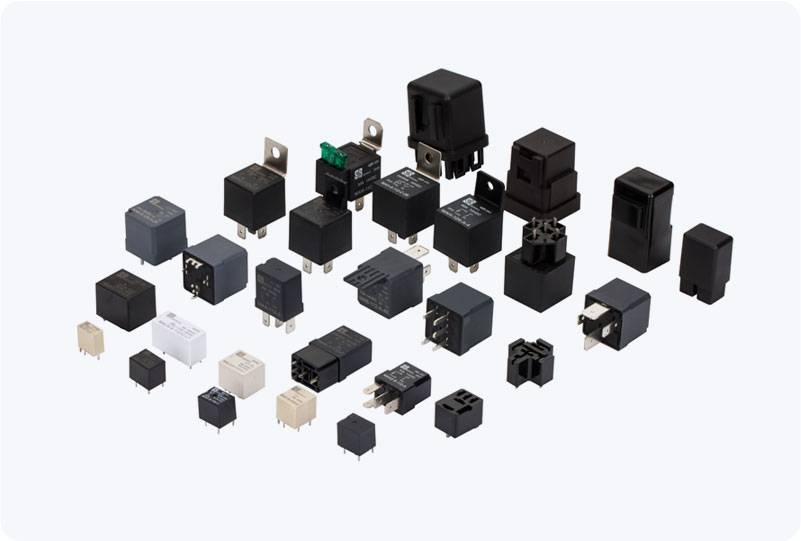Leakage Current Relays (LCR) play a critical role in safeguarding electrical systems and equipment from potential hazards caused by leakage currents. These devices are designed to detect abnormal leakage currents, usually in the range of milliamps, and initiate protective measures such as disconnecting the circuit. They serve as an essential protective feature in various applications, ranging from residential electrical systems to industrial power plants.

What is a Leakage Current Relay? A Leakage Current Relay is a protective device used to monitor leakage currents within an electrical circuit. The relay detects small variations in current that may not be substantial enough to trip a traditional circuit breaker but are still potentially dangerous. If the relay senses leakage current exceeding a preset threshold, it immediately triggers a response, typically by interrupting the circuit to prevent possible damage to equipment or harm to people. The relay works by utilizing current transformers (CT) or specialized sensors to continuously monitor the flow of current. When a leakage occurs—such as current flowing to the ground or an unintended conductive path—the relay senses this change and activates the protective mechanism. Depending on the application, this may involve shutting off the electrical supply, triggering an alarm, or sending a warning signal to the system operator.